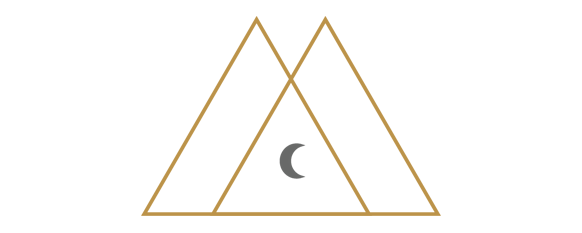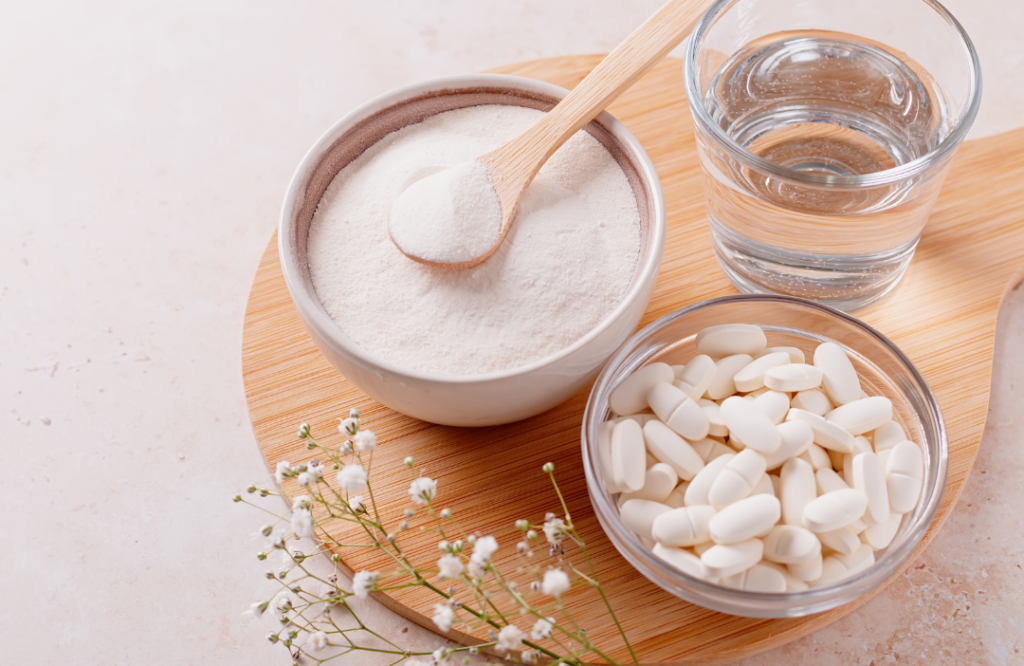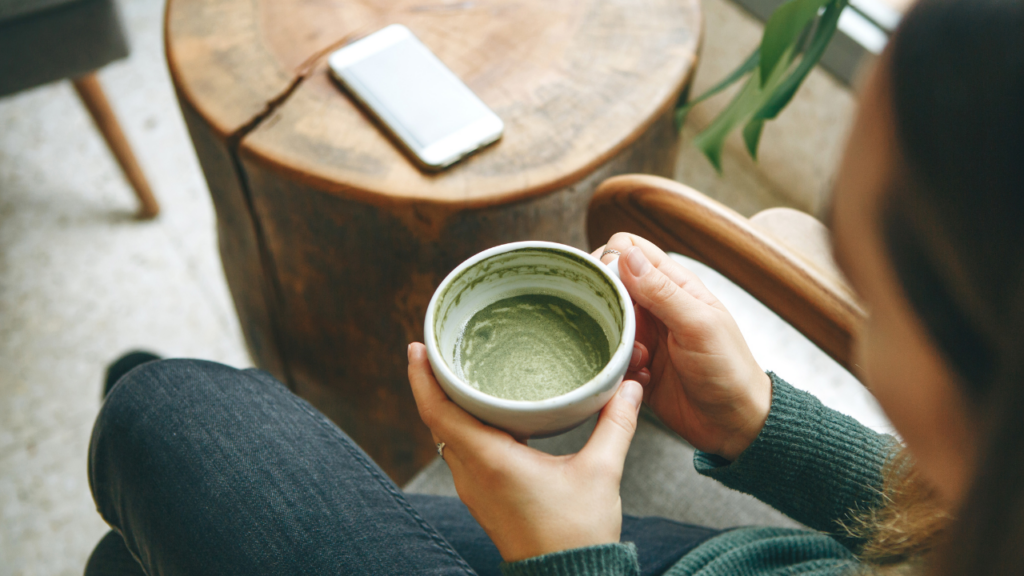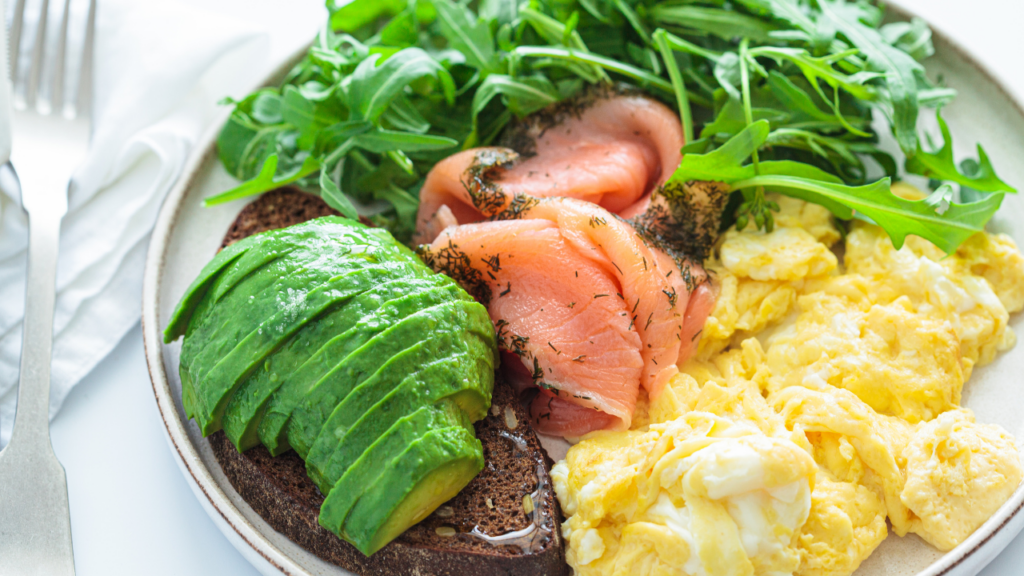Acupuncture Meridians: How Does Acupuncture Move Energy?
Published on January 26, 2016 by Dr. Caitlin Gordon
 Acupuncture meridians are pathways along which energy moves in the body. Acupuncture needles work to move qi (pronounced “chee”). Qi is another way to describe energy. If you’d like to learn more about stuck qi or qi stagnation, read Feeling Stuck? How to get your boogie back.
Acupuncture meridians are pathways along which energy moves in the body. Acupuncture needles work to move qi (pronounced “chee”). Qi is another way to describe energy. If you’d like to learn more about stuck qi or qi stagnation, read Feeling Stuck? How to get your boogie back.
I want to explain HOW acupuncture moves energy via acupuncture meridians. Acupuncture needles are placed in very specific locations along meridians, which are energy channels. These energetic channels align with fascia and connective tissue lines, as well as nervous system pathways. The acupuncture points along these channels are physiologically unique. They don’t look the same as all the tissue right around the point. Acupuncture points are areas where fibers are bundled more closely together. They are highly active.
Acupuncture Meridians: Eastern Theory
When a needle is inserted into these highly active energy centers, it begins a chain reaction. From a Traditional Chinese Medicine view, we choose acupuncture points because of their ability to access qi. When we access the qi, it stimulates the movement of blood. As the blood and energy circulate, it activates the entire channel or meridian that the acupuncture point lies on. All the functions of the acupuncture meridian, all the anatomy along the channel, and all the other connected points, channels, and channel functions are stimulated. It has a great snowball effect on the body–just from a single point!
For example, acupuncture point Spleen 6 activates that physical location (a few inches above the inner ankle), as well as the entire spleen meridian from the end of the big toe up the inside of the leg all the way to the rib-cage. The spleen meridian function is activated– digestion and movement of fluids in the body mainly. Also, the connected channels like Liver and Kidney meridians are activated, along with their functions of detoxification, urination, and metabolism.
As acupuncturists, we choose a certain combination of points with the intention of moving qi in a certain way. We want it to fill up acupuncture meridians and areas of the body that are weaker, and we want it to flow out of areas that have too much. This is how we create energetic balance.
Acupuncture Meridians: Western Theory
When a needle goes into the unique vascular area that composes an acupuncture point along an acupuncture meridian, it does several things:
- Acupuncture creates an immune response. Because the body sees an acupuncture needle as a foreign object, and one that has created a micro-injury to the tissue, it stimulates immune and circulatory functions. Fresh blood is sent t
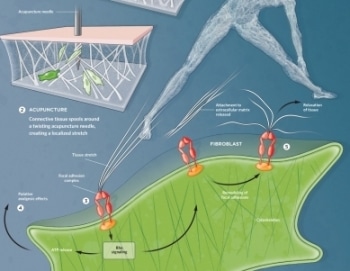 o the site of the needle. Mast cells at the needle site release histamine, heparin, and kinin protease. This delays the blood clotting aspects of the repair phase and has a positive anticoagulation effect. Thinner blood = better blood flow.
o the site of the needle. Mast cells at the needle site release histamine, heparin, and kinin protease. This delays the blood clotting aspects of the repair phase and has a positive anticoagulation effect. Thinner blood = better blood flow. - Acupuncture needles signal fibroblastic activity. The fibroblast cells that help produce and maintain the connective-tissue matrix become enlarged and flattened. In response, the cell releases ATP into extracellular space. ATP participates in the change in cell shape (relaxing connective tissue), and also may be converted into breakdown products with analgesic (pain relieving) effects.
- Acupuncture affects the electrical system of the body. By creating or enhancing closed-circuit transport in tissues, it facilitates healing by allowing the transfer of material and electrical energy between normal and injured tissues.
- Acupuncture stimulates the release of chemicals/hormones in the brain. Norepinephrine, acetylcholine and several other types of opioids are released, affecting changes in their turnover rate, normalizing the autonomic system, and reducing pain.
There are numerous other mechanisms to acupuncture needles’ effects: Learn More Here.
Sources:
- “A review of the incorporation of complementary and alternative medicine by mainstream physicians”, Astin, JA., et. al., Arch Intern Med., 1998; (158).
- “German Acupuncture Trials (GERAC) for Chronic Lower Back Pain”, Archives of Internal Medicine, 2007; 167(17).
- Department of Medicine and Health Sciences, “Acupuncture Just as Effective Without Needle Puncture”, Science Daily, December 1, 2008, study conducted by the at Linkoping University and the Vardal Institute in Sweden.
- “Immunomodulatory Effects of Acupuncture in the Treatment of Allergic Asthma: A Randomized Controlled Study”, The Journal of Alternative and Complementary Medicine, Vol 6, Issue 6, 2007.
- Neuro-acupuncture, “Scientific evidence of acupuncture revealed”, Cho, ZH., et al., 2001.
- Acupuncture – A scientific appraisal, Ernst, E., White, A., 1999, p. 74.
- Acupuncture Energetics, “A Clinical Approach for Physicians”, Helms, Dr. J., 1997, pgs 41-42, 66.
- National Institute of Health Consensus Conference on Acupuncture, “Acupuncture Activates Endogenous Systems of Analgesia.”, Han, J.S., 1997 (Bethesda, MD).
- Neuro-acupuncture, “Scientific Evidence of Acupuncture Revealed”, Cho, ZH., et al., p.116.
- Fibroblastic activity with acupuncture needling: https://www.the-scientist.com/?articles.view/articleNo/35387/title/The-Science-of-Acupuncture/
The contents of this site, including text, graphics, images, and other material are for informational purposes only. Nothing contained in this site is or should be considered or used as a substitute for professional medical or mental health advice, diagnosis, or treatment. Please schedule an appointment for personalized health advice.
